When a public figure is assassinated, truth becomes the first casualty. In the aftermath of Charlie Kirk’s shocking murder, the official story moved fast: a lone gunman named Tyler Robinson was arrested, charged, and publicly condemned. Case closed—or so it seemed. But as journalist Ian Carroll began dissecting the evidence, timelines, and contradictions, a different picture began to emerge—one that raises an unsettling question: Was Tyler Robinson a killer, or a patsy?
This isn’t about defending Robinson. It’s about defending truth. When the state and media close ranks too quickly, when witnesses vanish or narratives change overnight, history tells us to pause. From Oswald to Epstein, from foreign wars to domestic cover-ups, the pattern of convenient villains and silenced questions runs deep. Carroll’s investigation reopens that uncomfortable conversation, suggesting that Kirk’s death may have been more than a random act—it may have been a message.
At stake isn’t just one man’s guilt or innocence—it’s whether citizens still have the right to demand transparency when power closes the curtain. If the public accepts every official line without scrutiny, the machinery of deception tightens another bolt. The question “Is Tyler Robinson a patsy?” therefore isn’t fringe—it’s foundational. It asks whether we, as a nation, still believe in evidence over emotion, justice over propaganda, and truth over convenience.
What Carroll Sets Out to Do
Ian Carroll’s video argues the official story of Charlie Kirk’s assassination is internally inconsistent and incomplete. He doesn’t claim to prove who did it; he tests the FBI’s version against available visuals, timing, and basic forensics, and outlines what evidence would settle key disputes.
The Official Narrative (in brief)
- Tyler Robinson allegedly brought a Mauser-style .30-06 rifle onto the UVU campus, accessed the Losee Center roof, fired a single fatal shot, fled, stashed the rifle (wrapped in a towel), changed clothes, and moved around town for hours.
- The case highlights: a roof video of a suspect running/jumping down; still photos of a person of interest with a backpack; a screwdriver and towel said to carry Robinson’s DNA; and a text-message exchange that reads like a confession.
Carroll’s Core Objections
1) The Roof Camera Starts After the Shot
- The public clip begins moments after the shot, although the same camera appears to have clear line of sight to the firing spot.
- If the FBI can show the run-off, Carroll asks, why not show the shot? That edit alone raises confidence problems.
2) Where’s the Rifle?
- In photos and video, the fleeing figure appears to hold a soft, floppy item (hat/backpack/towel), not a long, rigid rifle.
- A Mauser .30-06 is too large/stiff to hide in skinny pants, and it would look rigid if wrapped. Carroll says the imagery never unambiguously shows a rifle on campus.
3) The Tool-Time Problem
- Government accounts imply the rifle was disassembled/reassembled around the shot; a screwdriver with Robinson’s DNA was found on the roof.
- Carroll notes rooftop footage shows the figure sprinting within seconds of the shot—no practical window to break down a Mauser with tools. If he fled immediately, the screwdriver narrative struggles.
4) The Texts That Read Like a Script
- The released thread uses diction like “retrieve the vehicle” and “dispense of the rifle at the drop point,” with no timestamps in charging docs.
- Carroll acknowledges a big caveat: if the texts were fabricated, carrier records and handset forensics would expose it. The language is odd; the missing timestamps invite doubt.
5) The Dairy Queen Photo
- A new image allegedly shows Robinson at ~6:38 p.m. at a DQ ~15–17 minutes’ drive from campus—hours after the shooting.
- His demeanor looks casual, which clashes with a manhunt narrative—especially if he intended to retrieve the rifle later.
6) The Bullet That Didn’t Exit
- A Kirk-show co-host relays a surgeon’s claim: a high-velocity round “should’ve gone through,” yet the coroner found the bullet just beneath the skin.
- Carroll contrasts this with .30-06 ballistics (easily penetrates dense material and big game). If true, it undercuts the asserted rifle/caliber and wound mechanics.
7) Wound Direction, Audio Spacing, and “Pixel Bullets”
- Visible wound looks more like an exit at the front; posture suggests spinal damage.
- Third-party crack–bang analyses (timing between the supersonic crack and muzzle report) suggest an elevated, off-right firing position—not the decoy roof.
- Frame-by-frame scrubs of crowd video show a bright streak passing from behind/right through the neck and down past the knee—plausible at 60 fps if the camera already framed the scene.
8) Multiple Rooftops & a Crowd Distraction
- A separate clip appears to show a head/shoulders on the Woodbury building—not the alleged shooter roof.
- In the crowd, George Zinn, a 70-something, yells “I did it—shoot me,” later telling press he intended to help the shooter escape. Carroll frames this as textbook distraction tradecraft.
9) Drones/Spy Plane—Early, Esoteric Leads
- Independent analysts claim small aerial objects in several frames and flag a possible intel aircraft overhead. Carroll labels this preliminary but worth tracking.
10) Robinson’s Profile & the USU Pipeline
- Robinson: 4.0 GPA, 34 ACT, full-ride, one semester at Utah State University, then drops out.
- Carroll highlights USU’s Center for Anticipatory Intelligence (ex-CIA/NSA/DoD leadership, national-security training). He doesn’t assert recruitment—he says it’s context that fits a potential patsy/decoy arc.
What Would Actually Resolve This
Carroll lists disclosures that could verify or kill the patsy hypothesis:
- Full, uncut roof video including the firing moment.
- Complete autopsy (entry/exit, trajectory, caliber; body armor; GSR).
- Ballistics linking bullet to barrel; full chain of custody for the rifle.
- Raw message logs with timestamps (carrier + handset extractions).
- All rooftop/adjacent-building footage; logs for UAV/air assets.
- Full accounting of detentions (e.g., Zinn, the second suspect).
- DNA reporting details on the screwdriver/towel.
What’s Strong vs. What’s Speculative
Stronger points:
- FBI roof clip begins after the shot despite line-of-sight.
- Public visuals never clearly show a rifle.
- Surgeon/coroner claim (via co-host): bullet retained, unusual for .30-06.
- Directionality from wound behavior + third-party audio spacing doesn’t favor the decoy roof.
- USU center’s overt intel pedigree is documented.
Speculative/awaits proof:
- Planted DNA/tool/towel.
- Fabricated text thread (forensics would expose this).
- UAV/spy plane operational involvement.
- Robinson as intel recruit or knowing participant.
- Any specific state actor as perpetrator.
The Political Layer
- Carroll rebukes post-assassination speech-control pushes as anti-Kirk and self-defeating.
- He credits Candace Owens with surfacing donor-pressure stories and prompting Tucker Carlson and Dave Smith to share contemporaneous impressions and texts that complicate attempts to recast Kirk as an unquestioning Israel hawk.
Bottom Line
Carroll’s case doesn’t identify a killer; it stress-tests the lone-gunman narrative and finds holes big enough to drive a truck through. The pattern he sketches—decoy on the obvious roof, primary fire from elevated right, crowd distraction, post-event narrative management—is consistent with a managed operation and a patsy.
If authorities want public confidence, the remedy is simple: release the firing footage, the full autopsy and ballistics, and the raw, timestamped communications. Until then, skepticism isn’t conspiracism—it’s the only rational posture.
Is Tyler Robinson a Patsy? Ian Carroll’s Case—Point by Point
Thesis
In his breakdown “Is Tyler Robinson a Patsy? Examining ALL the Evidence,” Ian Carroll argues that the official FBI narrative of the Charlie Kirk assassination is riddled with gaps and contradictions that look less like a lone-gunman case and more like a managed operation—with Robinson framed as the on-camera decoy while the real shooter (or shooters) fired from elsewhere.
Carroll doesn’t claim to prove who did it; he lays out why what we’ve been shown doesn’t add up and what evidence would be required to settle it.
1) The Stakes and the Frame
- Carroll calls Kirk’s killing the most impactful political assassination since the 1960s, igniting a global argument and a right-wing realignment debate—especially around Israel.
- He stresses he’s not alleging Israeli responsibility; he’s arguing that intelligence services are historically the first suspects in political assassinations and that the “lone nut” template is the standard cover story.
2) The Roof Video: What We’re Not Seeing
- FBI clip timing: The publicly released roof video begins moments after the shot. Carroll says the same camera had a clear line of sight to the firing position.
Claim: If they have the camera angle that shows the run-off, they likely also have the firing moment—so why cut it? - What’s in his hand? The fleeing figure appears to carry a soft, floppy object (hat/backpack/sweatshirt?) rather than a large, rigid rifle. Carroll argues a Mauser-type .30-06 is too long for skinny jeans and would be visibly rigid if wrapped.
Strike One (per Carroll): Withholding the 2–3 seconds showing the shot.
Strike Two: No clear image of a rifle anywhere on campus footage.
3) The Rifle, the Screwdriver, and the Towel
- Government version(s): Early accounts implied the rifle was disassembled and reassembled (requiring a tool). A screwdriver with Robinson’s DNA was reportedly found on the roof; a towel with his DNA allegedly wrapped the rifle in a nearby wooded area.
- Timing problem: Other footage shows the rooftop figure sprinting within seconds of the shot, leaving no practical window to disassemble a Mauser (Carroll cites online demos showing ~50 seconds “best case” with tools).
- Bottom line: If the object in the video isn’t a rifle, Carroll says the whole case hinges on planted or misinterpreted physicals (tool/towel).
4) The Text Message “Confession”
- Carroll ridicules the tone and diction (e.g., “retrieve the vehicle,” “dispense of the rifle at the drop point”), calling it inauthentic for a 22-year-old and noting no timestamps in the charging docs.
- He acknowledges: if the messages were fabricated, defense can subpoena carriers and phone extractions—meaning a fake thread would be suicidally reckless for prosecutors.
His net: the language is bizarre; the lack of timestamps invites doubt.
5) The Dairy Queen Photo
- New image purportedly shows Robinson at a Dairy Queen ~6:38 p.m., ~15–17 minutes’ drive from campus—not minutes after the shot, but hours later.
Carroll’s read: His demeanor looks casual, inconsistent with someone mid-manhunt who still plans to retrieve the rifle.
Caveat: Internet is still vetting authenticity, but Carroll says it’s increasingly likely real.
6) The Autopsy “Bones of Steel” Detail
- Andrew Kolvet (Kirk show co-host) relays that surgeons said a high-velocity round “should have gone through,” yet the coroner found the bullet just beneath the skin.
Carroll’s reaction: a .30-06 can blow through cinder blocks and large game; a stopped round defies expectation—and undermines the claimed rifle/caliber. - He notes authorities were silent on autopsy specifics (entry/exit, caliber, armor, residue) for over a week—critical facts that could confirm or kill speculation.
7) Wound Geometry and “Crack–Bang” Triangulation
- Wound video: Carroll highlights what looks more like an exit wound at the front and a posture consistent with spinal cord injury.
- Audio math: Independent “crack–bang” analyses (difference between supersonic shock crack and muzzle report) allegedly place the shot to Kirk’s right and elevated, not from the roof where the decoy runs.
- Pixel bullets: Frame-by-frame scrubs of crowd videos capture a bright streak consistent with a bullet path from behind/right, through the neck, down past his knee.
Carroll asks an AI probability sanity-check: at 60 fps, a projectile traversing a 100-ft field of view could plausibly appear in 1–5 frames—i.e., not impossible when the camera is already pointed at the scene.
Net: Wound behavior + audio spacing + frame artifacts align with a side/rear elevated shooter, not the roof runner.
8) Multiple Rooftops / Multiple Players?
- Viewers flagged a head-and-shoulders silhouette on the Woodbury Building (not the alleged shooter roof), plus reports of other elevated figures.
- Carroll ties this to a patterned operation: decoy on the obvious roof; shooter(s) from an offset angle; crowd agitator(s) (e.g., George Zinn yelling “I did it, shoot me!”) to confuse and delay.
9) The George Zinn Distraction
- A 70-something man allegedly claimed to be the shooter, shouted “shoot me”, and later told press he intended to help the real shooter escape. Carroll flags his odd history (present at 9/11, Boston bomb threat call) and says this looks like tradecraft (provocation/distraction) rather than coincidence.
10) Drones and a Spy Plane?
- Carroll cites researchers (e.g., John Cullen, Jason/“Crowdsource the Truth”) who claim to have found multiple UAV-like objects in frames, and a suspected CIA spy aircraft pattern consistent with air-launched drones.
He labels this preliminary and esoteric, but worth watching.
11) Robinson’s Profile and the USU–Intelligence Pipeline
- Robinson: 4.0 GPA, 34 ACT, full-ride, dropped out after one semester at Utah State University (USU).
- Carroll digs into USU’s Center for Anticipatory Intelligence—founded and staffed by former CIA/NSA/DoD personnel; openly promotes national-security “anticipatory intelligence” training.
Hypothesis (speculative): USU is a STEM-to-intel feeder; Robinson’s trajectory could fit a recruit-turned-patsy storyline. He stresses that this is not proven—just plausible context worth scrutiny.
12) The Parents and the Arrest
- Robinson reportedly turned himself in after his parents confronted him, then pleaded not guilty.
Carroll argues that a recruitment/pressure pipeline could explain the paradox of cooperative surrender yet legal denial, but he flags this as conjecture pending discovery.
13) The Politics Around the Narrative
- Carroll blasts talk of post-assassination speech laws as antithetical to Kirk’s own free-speech ethos and politically self-defeating (galvanizing dissent rather than tamping it down).
- He credits Candace Owens for catalyzing the evidence hunt (Hamptons donor summit story; pushing Tucker and Dave Smith to share receipts).
He notes Netanyahu’s rapid effort to brand Kirk as Israel’s unwavering champion—despite conflicting private signals and stage decisions (e.g., giving Carlson latitude).
14) What Carroll Says Would Actually Settle Things
- Full, uncut roof camera including the shot.
- Complete autopsy (entry/exit, trajectory, caliber; any armor; residue).
- Ballistics match (rifling to the recovered bullet; chain of custody on the rifle).
- Raw message logs with timestamps (carrier + handset extractions).
- All rooftop/adjacent building footage and UAV/air asset logs.
- Clear accounting of Zinn and the second detainee.
- Transparency on DNA evidence (screwdriver/towel) and discovery.
15) Carroll’s Bottom Line
- The official story—that Robinson assembled, fired, disassembled or hid a .30-06 on the roof, then jogged off carrying it—doesn’t match video timing, object shape, wound behavior, or the new “stopped bullet” claim.
- The pattern looks more like: decoy on the obvious roof, primary shooter from elevated right, crowd distraction, and a post-event info-ops push.
- That doesn’t prove who did it. It does justify public skepticism and demands for evidence disclosure.
What’s Solid vs. What’s Speculative
Relatively solid (from Carroll’s presentation):
- FBI video begins after the shot; the camera had line-of-sight.
- No clear public frame of a rifle on the decoy.
- Autopsy claim (via show co-host): bullet found beneath skin; surgeon said a high-velocity round should’ve exited.
- Dairy Queen photo exists and is being vetted; timestamp claims place it hours later, not minutes.
- Crack–bang method is real; early third-party plots don’t point to the decoy roof.
- USU’s Center is in fact staffed by former intel officials and markets national-security pipelines.
Clearly speculative or unproven:
- That the towel/screwdriver DNA was planted.
- That the text thread was fabricated (carriers/forensics could falsify this quickly).
- That UAVs/spy plane were operationally tied to the shooting.
- That Robinson was intel-recruited or knowingly part of an operation.
- That Israel (or any specific state actor) did it.
Where This Leaves the Public
Carroll’s case doesn’t solve the murder. It reframes it: if the government wants the public to accept a lone-gunman scenario, it must release the firing footage, autopsy specifics, ballistics, timestamps, and full rooftop video. Until then, the patsy hypothesis remains plausible enough to investigate—and the memory war over Charlie Kirk’s life, politics, and legacy will rage on.

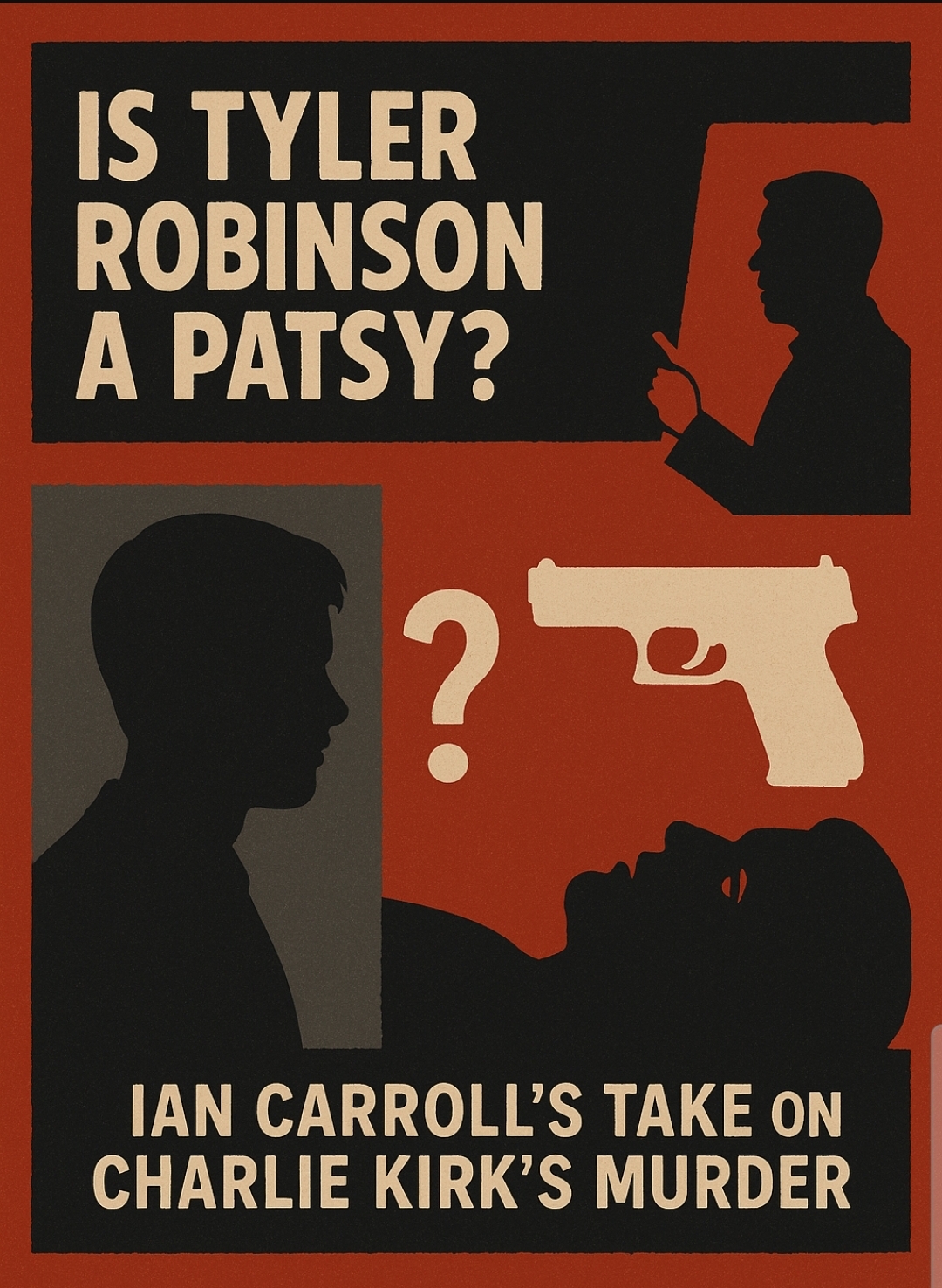
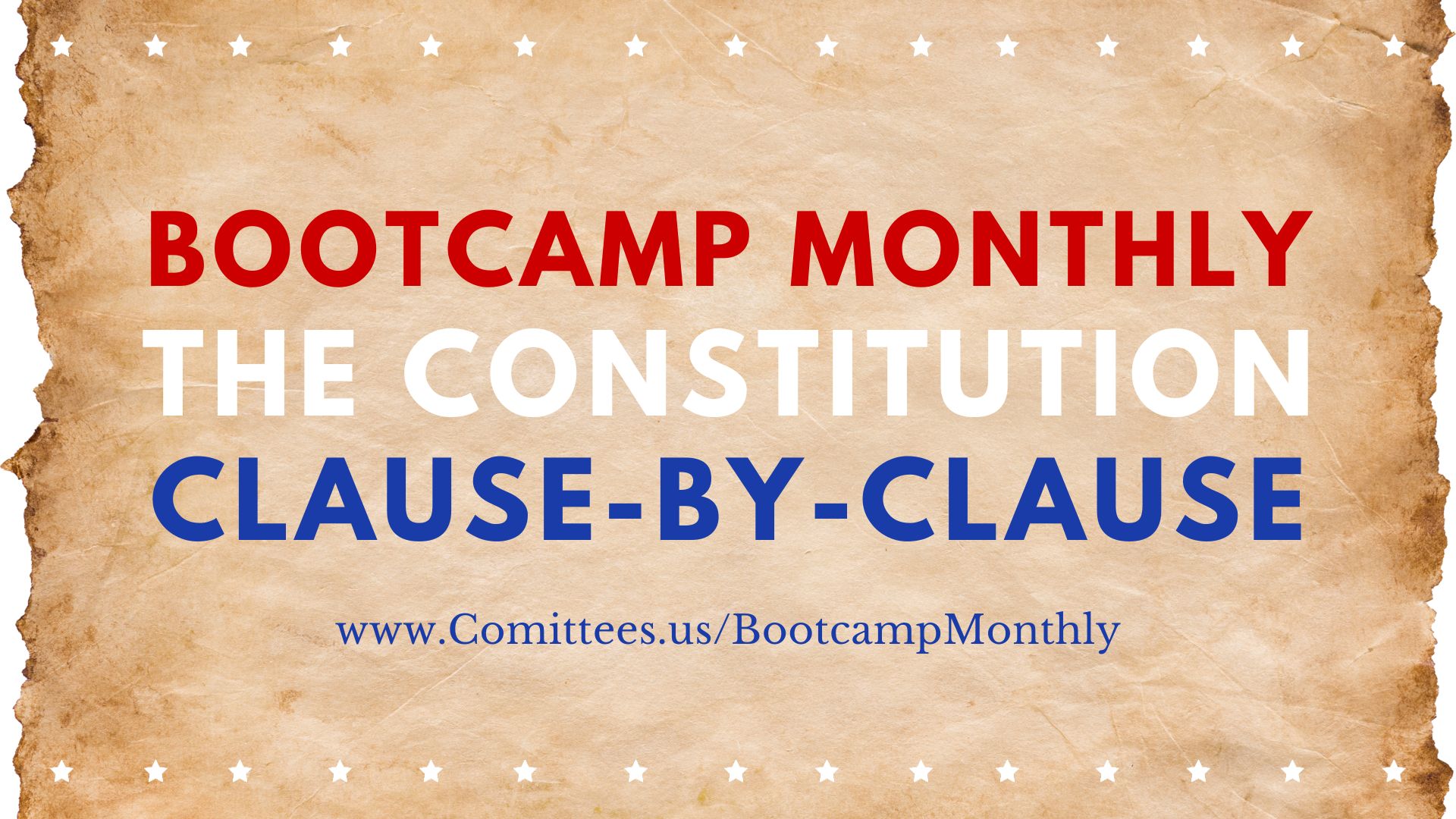
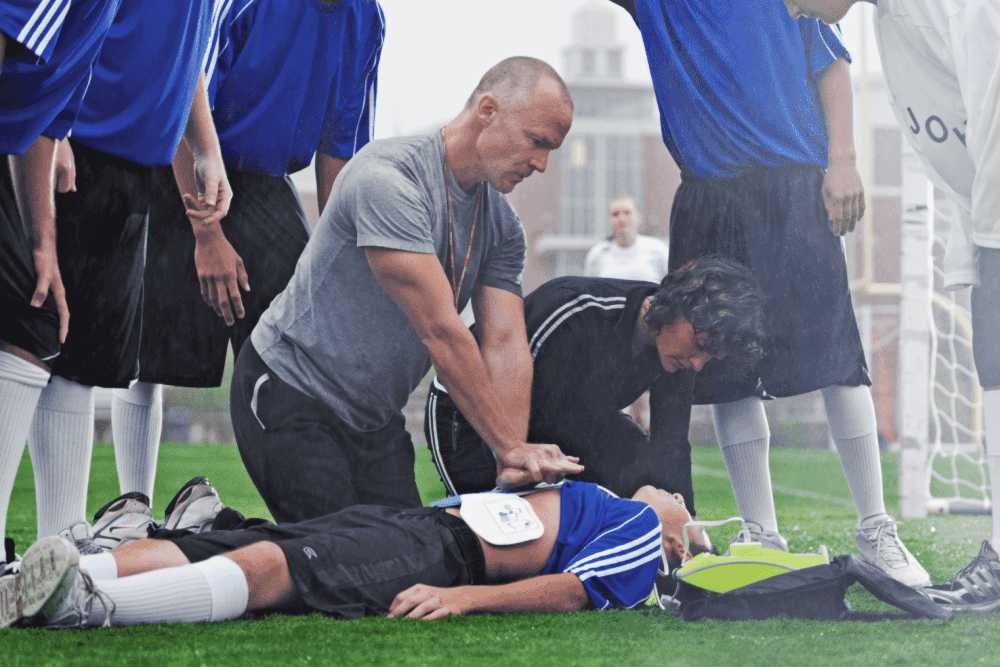

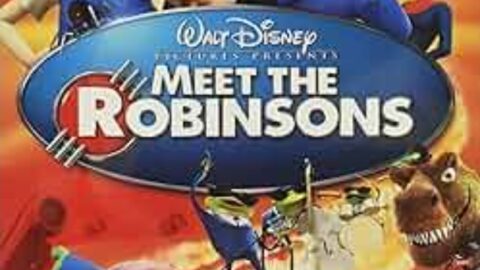

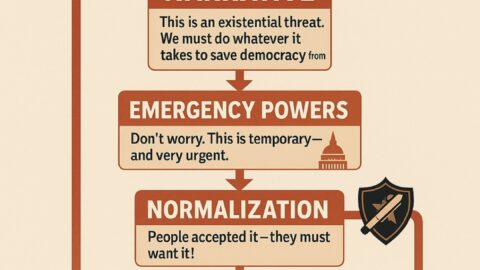
One Response
Anyone who has ever handled a 30-06 rifle should have known from day one/two pictures that the rifle was not on Robinson at any point. Guvernuts think we are all so easily persuaded. Not so. Robinson is a patsy for the sheeple. Please keep digging. The truth will come to light but Robinson will get the death penalty first because it’s convenient. So sad.